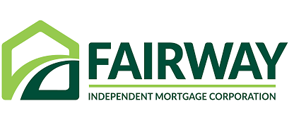In this article, we’ll cover what a HECM reverse mortgage loan is, the typical upfront and ongoing costs and whether those costs are worth it for you.
For most homeowners aged 62 and older, home equity represents the largest portion of their overall net wealth. Three common home-equity-release loans available today for senior homeowners are the Home Equity Line of Credit (HELOC), Home Equity Loan (HEL), and the Home Equity Conversion Mortgage (HECM).
If you’re in or nearing retirement, you may be worried about risks that can drain your savings faster than you ever projected and compromise your monthly cash flow and desired retirement lifestyle.
When it comes to making savings last over a lengthy retirement period, retirees have no shortage of obstacles to contend with. Here are three ways people 62 and older (working in tandem with their advisors) can incorporate reverse mortgages into sound retirement plans to potentially improve retirement outcomes.
Jim, a retired financial advisor, and his wife did their homework on reverse mortgage loans, and are very happy that they have one. Jim’s sister was struggling to make ends meet—hear why Jim recommended a reverse and how it improved her life.
Mitch and his wife Evaly used a reverse mortgage loan to provide a financial buffer for market downturns, and believe that it’s a move that other people should make as well.
Tod is a retired financial advisor who built wealth in multiple income streams throughout his career—hear how he uses his reverse mortgage as a financial buffer.
Best-selling author and speaker Joe Jordan was once highly skeptical of reverse mortgage loans—hear in his words why he’s become a major advocate.
There are many older-adult homeowners who would like to downsize, upsize, or right-size into their dream home, but stay on the sidelines due to the challenging real estate landscape. Luckily, there’s a way for many seniors to purchase a new home that greatly increases their buying power.

